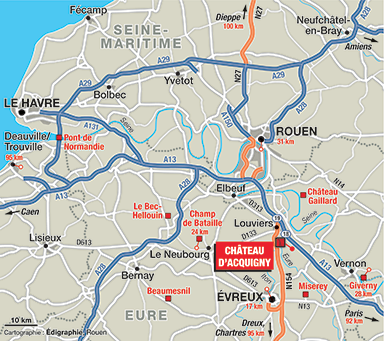The château of love
- A CHÂTEAU OF THE RENAISSANCE -
Memories of an eternal love
The “A”- for Anne – is formed by the main façade, which is centered on the graceful turret (with double loggia). The turret rests on an arched scallop-shaped support and is very ornate. In fact, the decoration of the entire Château employs rich symbolism: the intertwined hands are the symbols of marital fidelity, reminding us that nothing can separate those who love each other; the oak is the symbol of solid love, which endures despite the trails of time; the ivy stands for unfailing attachment; the olive branch symbolizes peace and reconciliation; the laurel represents the immortality love in Greek mythology; the acanthus leaves evoke pure and eternal love; and the bunches of grapes and flames symbolize spiritual love.
A Chateau in harmony with both nature and humanity
The apogee Renaissance style can be found in the delicate and refined decoration of the front façade, while the façades facing the park and gardens foreshadow the architecture style of 17th century classical French architecture.
Philibert de l’Orme knew how to play with subtlety and harmony in his work, using shadow and light to create spaces that constantly surprise and delight even the casual viewer. When circling the château, one may find oneself astonished, perhaps even disoriented, as the building seems to vary greatly from each different vantage point.
One is struck by the manner in which the building seems to move, as well as by the layout of the various wings that make the Château reinvent itself in new and unexpected ways.
It follows that as one façade appears, another slowly disappears from the field of vision. The great architect’s play on volume created a structure that is perfectly integrated with the surrounding nature, where one feels comfortable and at ease despite the overwhelming grandness of the architecture and the garden.

Information
- EVERYTHING YOU WANT TO KNOW ABOUT THE PARK AND THE GARDENS OF THE CHÂTEAU -

Access
by car
GPS Details : 49.173 ; 1.187
Michelin Road Map, 304 Local, flod G6
A154 : exit Acquigny
A 13 : exit Louviers n°18
Info viamichelin or google maps
by train
Train stations: Evreux, Rouen and Val de Reuil
By bus
From Rouen and Evreux : http://www.vtni27.fr/
Opening hours
From the first Sunday of April to the last Sunday of October :
Weekends and Holidays 2 pm - 6 pm
July 14 to August 31 :
daily from 1 pm to 7 pm
Guided Tour around the Château at 3 pm and 4:30 pm
Plan at least one hour and 45 minutes to enjoy the beauty of the gardens. Two hours and a half is ideal.
You can visit the park and gardens, the “Salon du Midi”, the Orangery and and the cider-press house.








